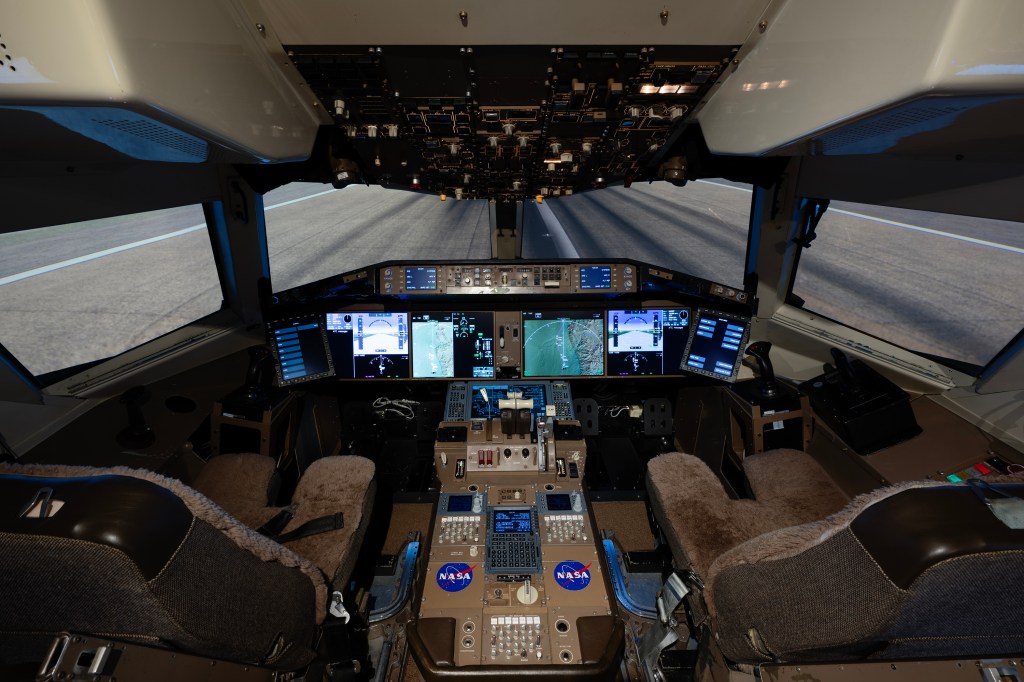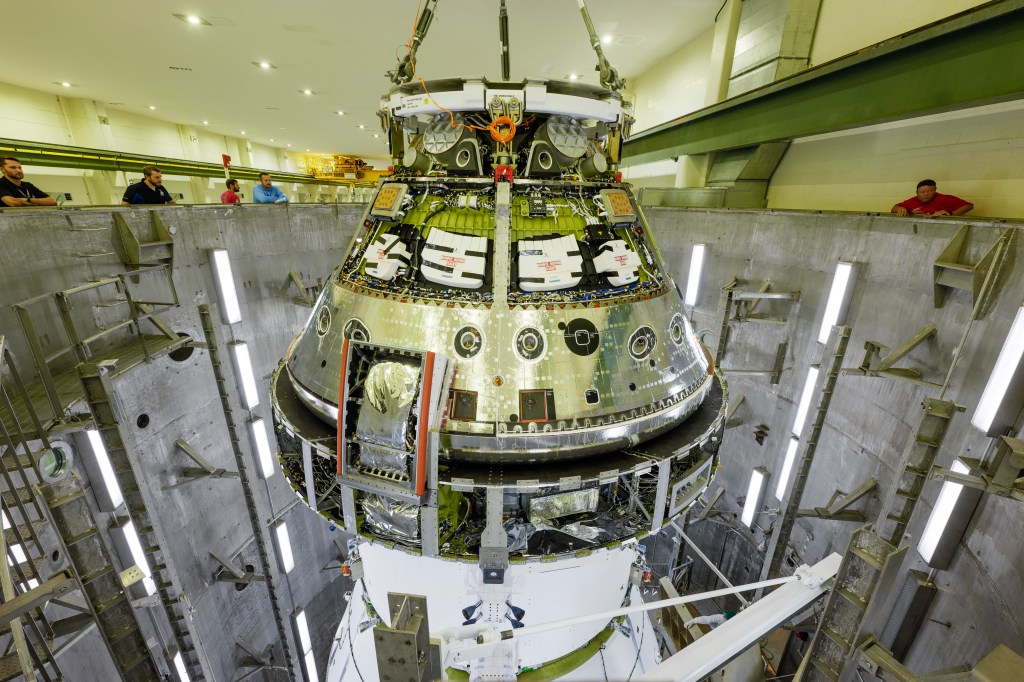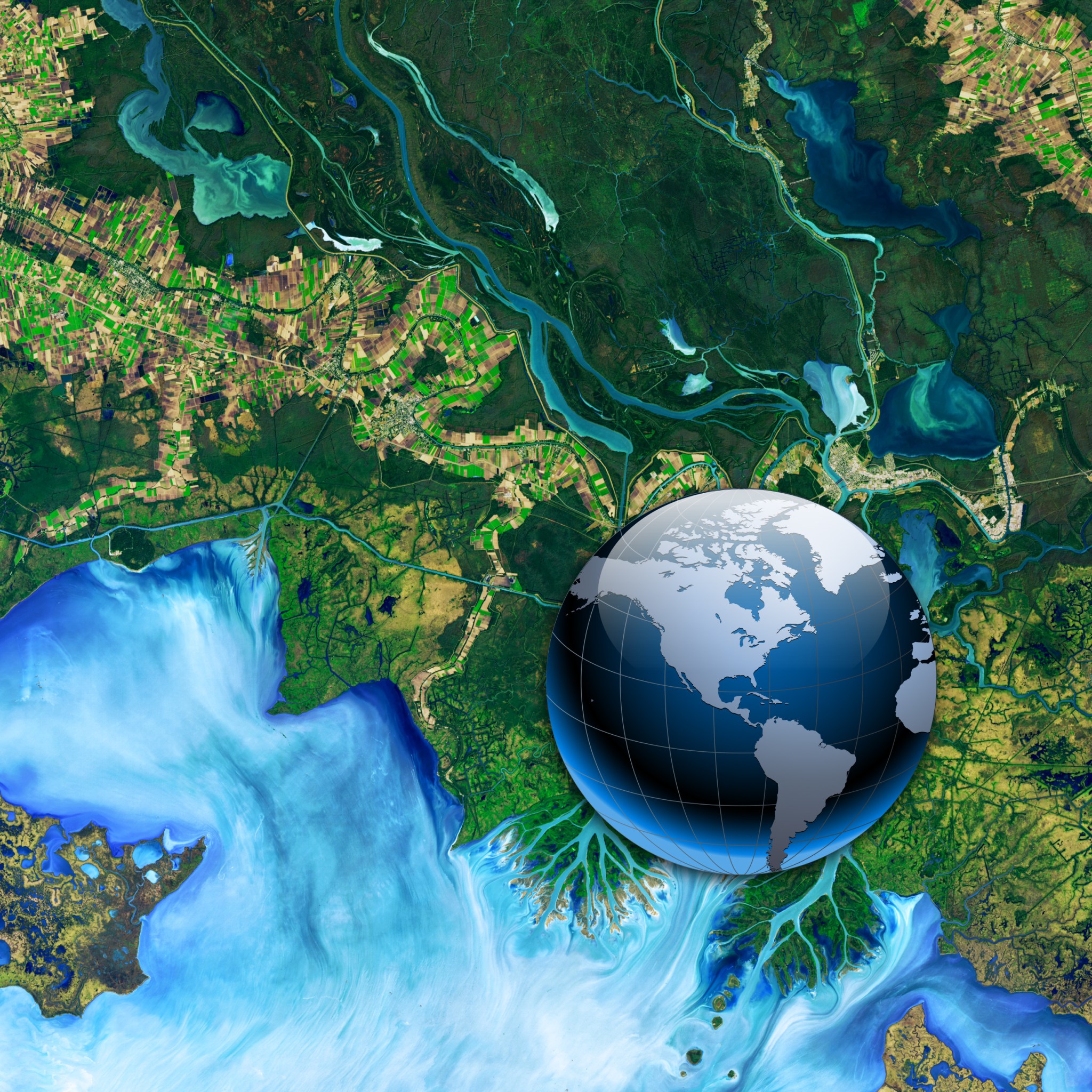Editor's Corner
These editorials chronicle NASA Earth Science history since 1989 – from the perspective of the EOS Senior Project Scientist. Each individual column reports on important “current” events that were taking place in NASA Earth Science at the time they were written.

NASA’s Earth Observing fleet continues to age gracefully. While several new missions have joined the fleet in the past year,…

Expanded coverage of topics from “The Editor’s Corner” in The Earth Observer On December 18, 2024, Terra — the first EOS…

Expanded coverage of topics from “The Editor’s Corner” in The Earth Observer Wind is a major factor in fire. It controls…
Feature Articles
Read stories about the history and accomplishments of current and former NASA Earth Science missions, programs, field campaigns, and outreach events, as well as a variety of other topics of interest to NASA Earth Science past, present, and future.

Introduction Since 1987, a highly modified McDonnell Douglas DC-8 aircraft has been a workhorse in NASA’s Airborne Science Program (ASP) – see Photo 1. The aircraft, located at NASA’s Armstrong Flight Research Center (AFRC) in California, flew countless missions as a…

Introduction The American Geophysical Union (AGU) returned to the nation’s capital in 2024, hosting its annual meeting at the Walter E. Washington Convention Center in Washington, DC from December 9–14, 2024. NASA Science upheld its long-standing tradition as an AGU…

Introduction Along the southernmost rim of the Florida Peninsula, the arching prop roots or “knees” of red mangroves (Rhizophora mangle) line the coast – see Photo 1. Where they dip below the water’s surface, fish lay their eggs, enjoying the protection…
Meeting Summaries
Read reports on Earth Science mission and instrument Science Team meetings, on science and applications workshops, and on other science meetings taking place both within NASA Earth Science and in the broader national and international Earth science communities.

Introduction The NASA Land-Cover and Land-Use Change (LCLUC) is an interdisciplinary scientific program within NASA’s Earth Science program that aims to…

Introduction The 10th Deep Space Climate Observatory (DSCOVR) Earth Polychromatic Camera (EPIC) and National Institute of Standards and Technology (NIST) Advanced Radiometer [NISTAR] Science Team…

Introduction The Advanced Spaceborne Thermal Emission and Reflection Radiometer (ASTER) Science Team (ST) organized a three-day workshop that took place…
Earth Science Meeting and Workshop Calendars
Global Science Community
-
01
-
02
-
03
-
04
-
05
August 3–8, 2025
International Geoscience and Remote Sensing Symposium (IGARSS)Brisbane, Australia
-
06
-
07
-
08

The Global Learning and Observations to Benefit the Environment (GLOBE) Program is calling on volunteers of all ages to help students and citizen scientists document seasonal change through leaf color and land cover. The data collection event will support students across North America, Latin America, Central America, and Europe, who are working together to document the seasonal changes taking place from September through December. The observations will also provide vital data for GLOBE students creating student research projects for the GLOBE 2025 International Virtual Science Symposium (IVSS). The project is part of GLOBE’s Intensive Observation Period (IOP), which collects data during a focused period to assess how climate change is unfolding in different regions of the world.
Read more...
Earth Observer Staff
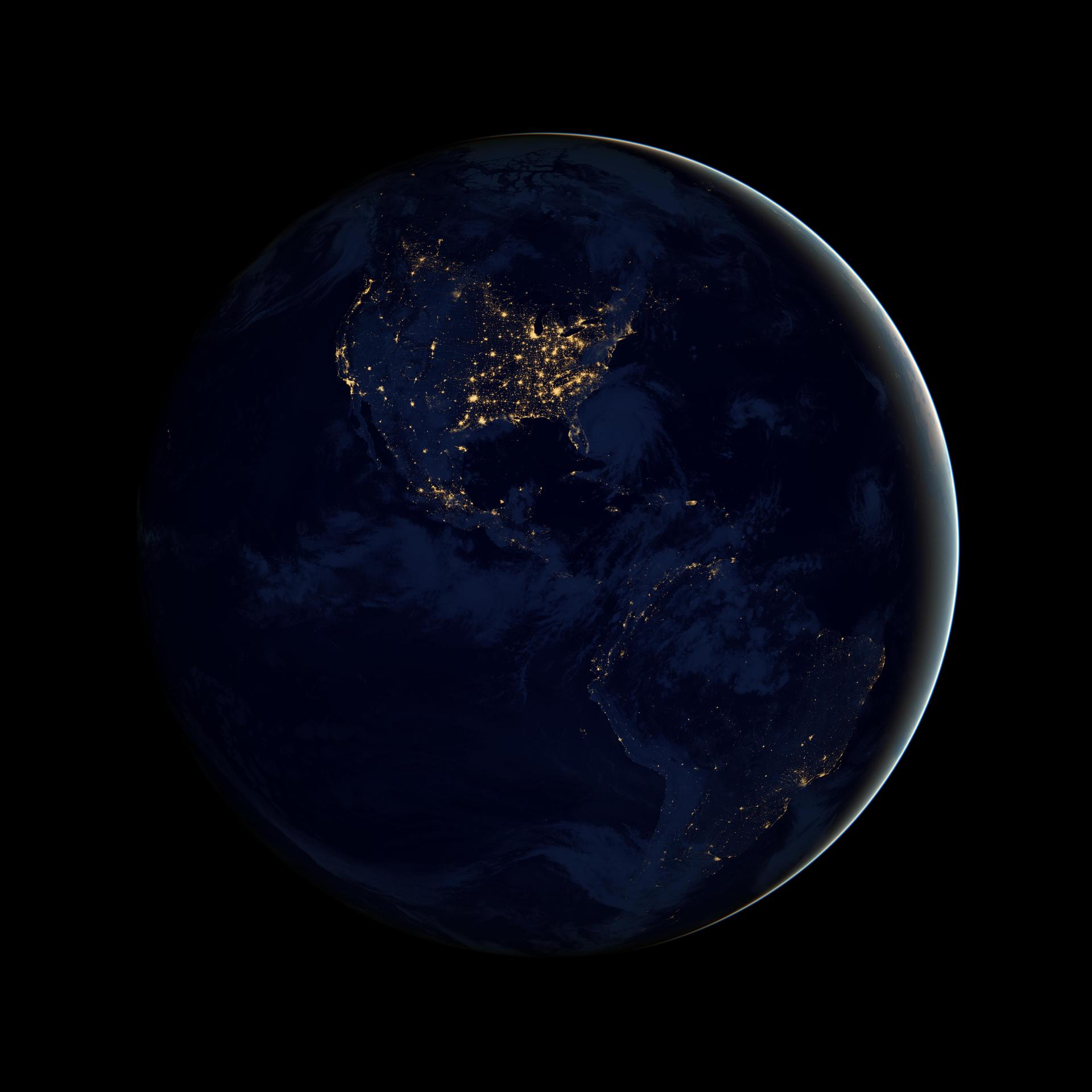

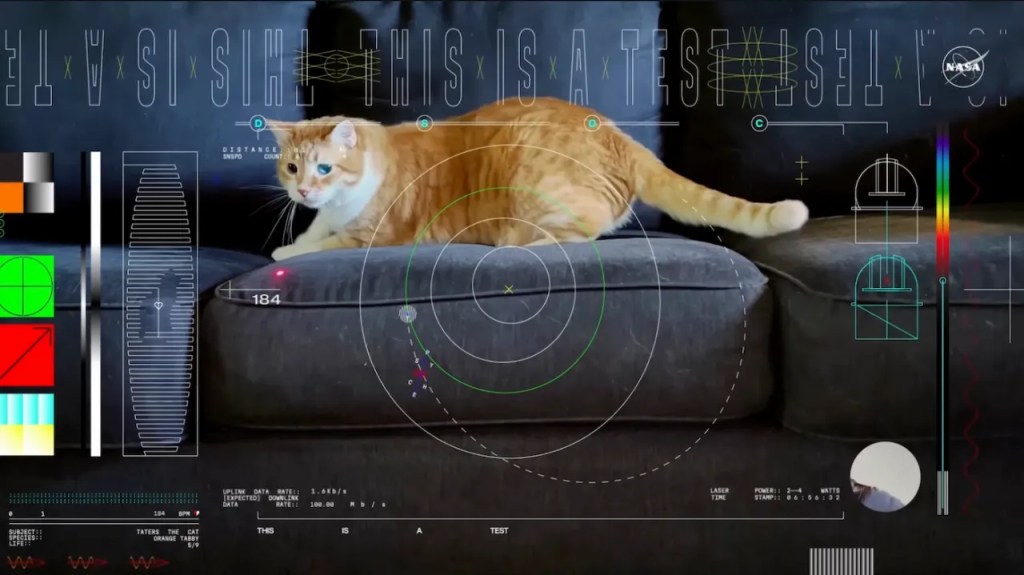
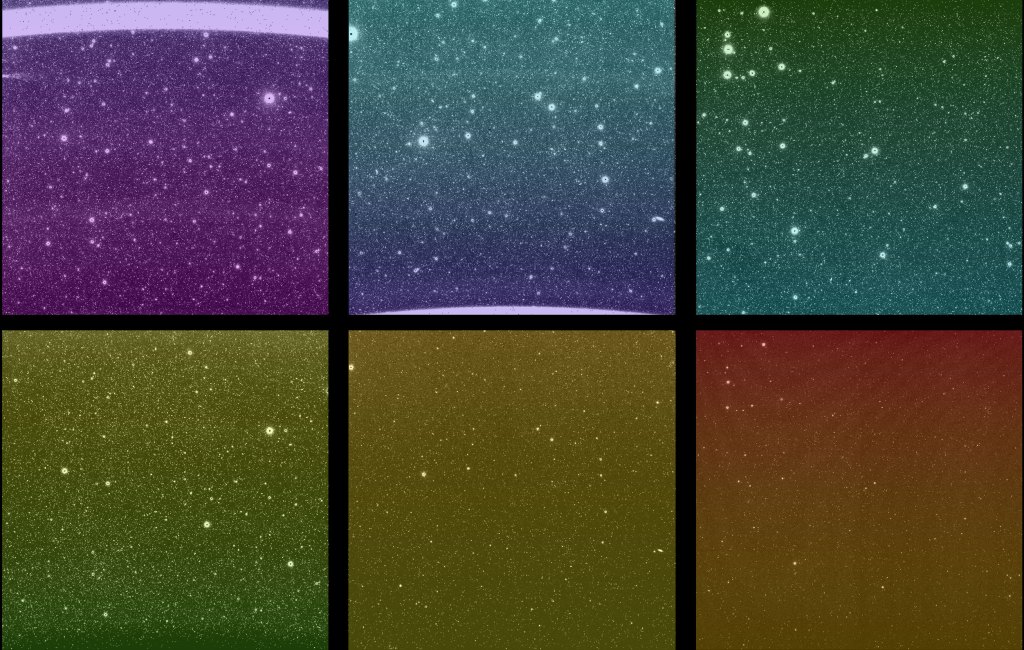
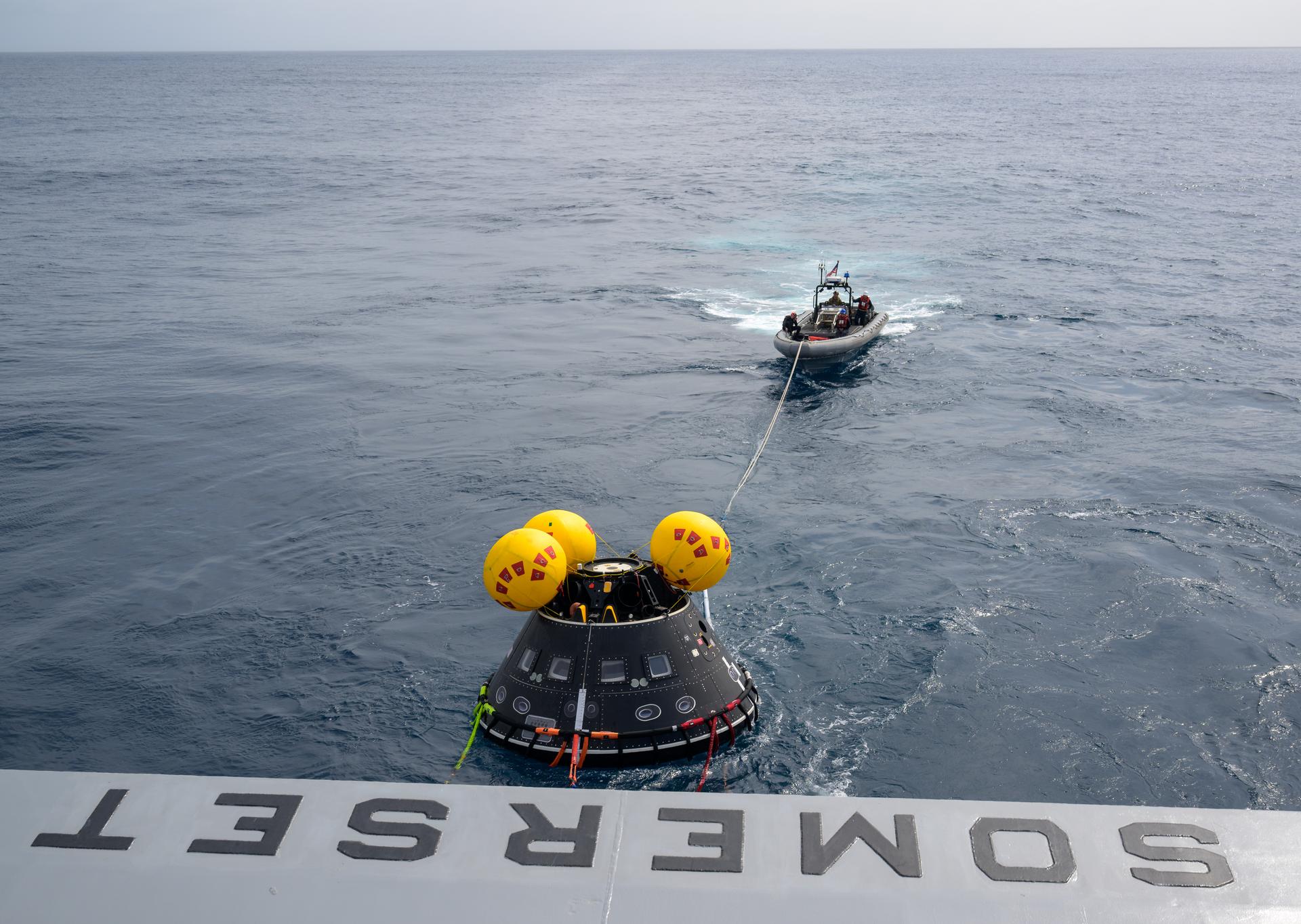
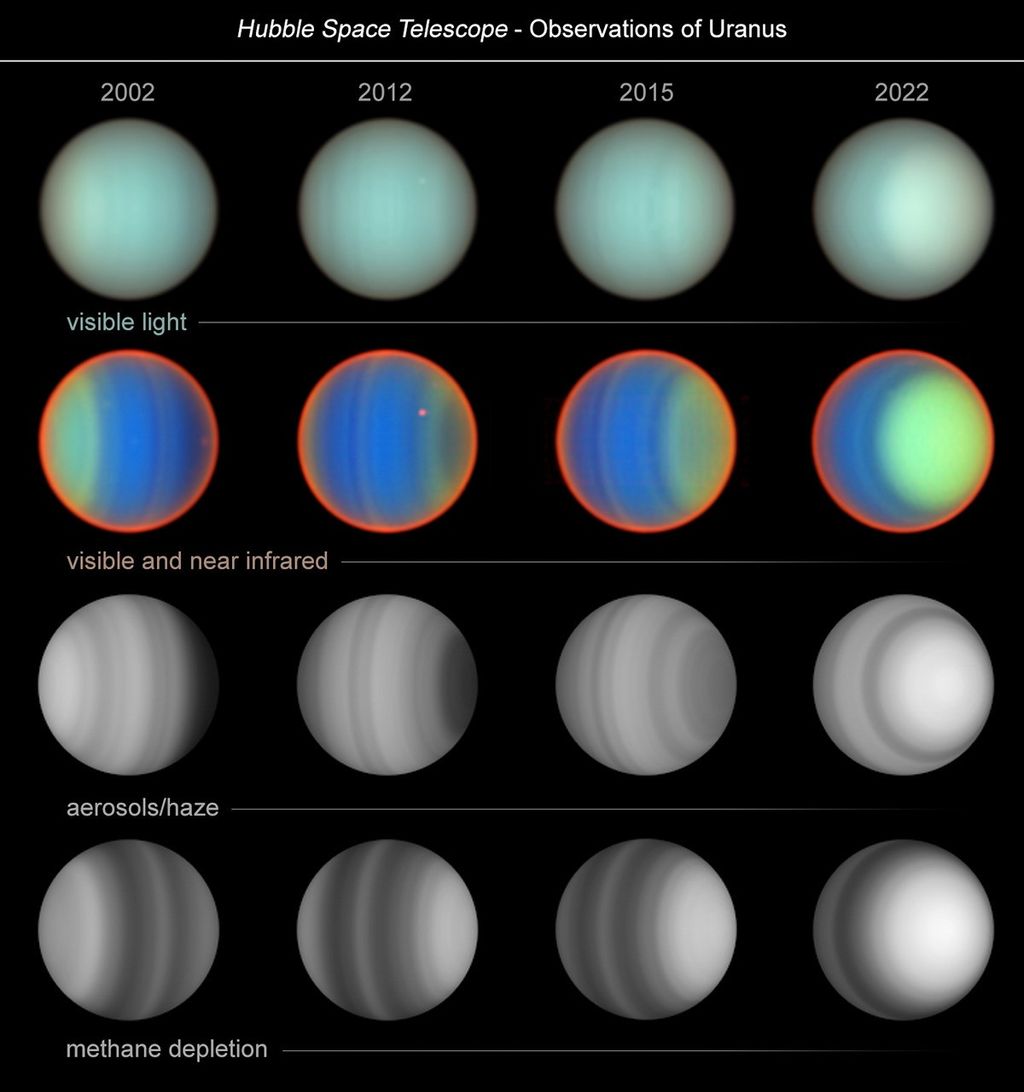
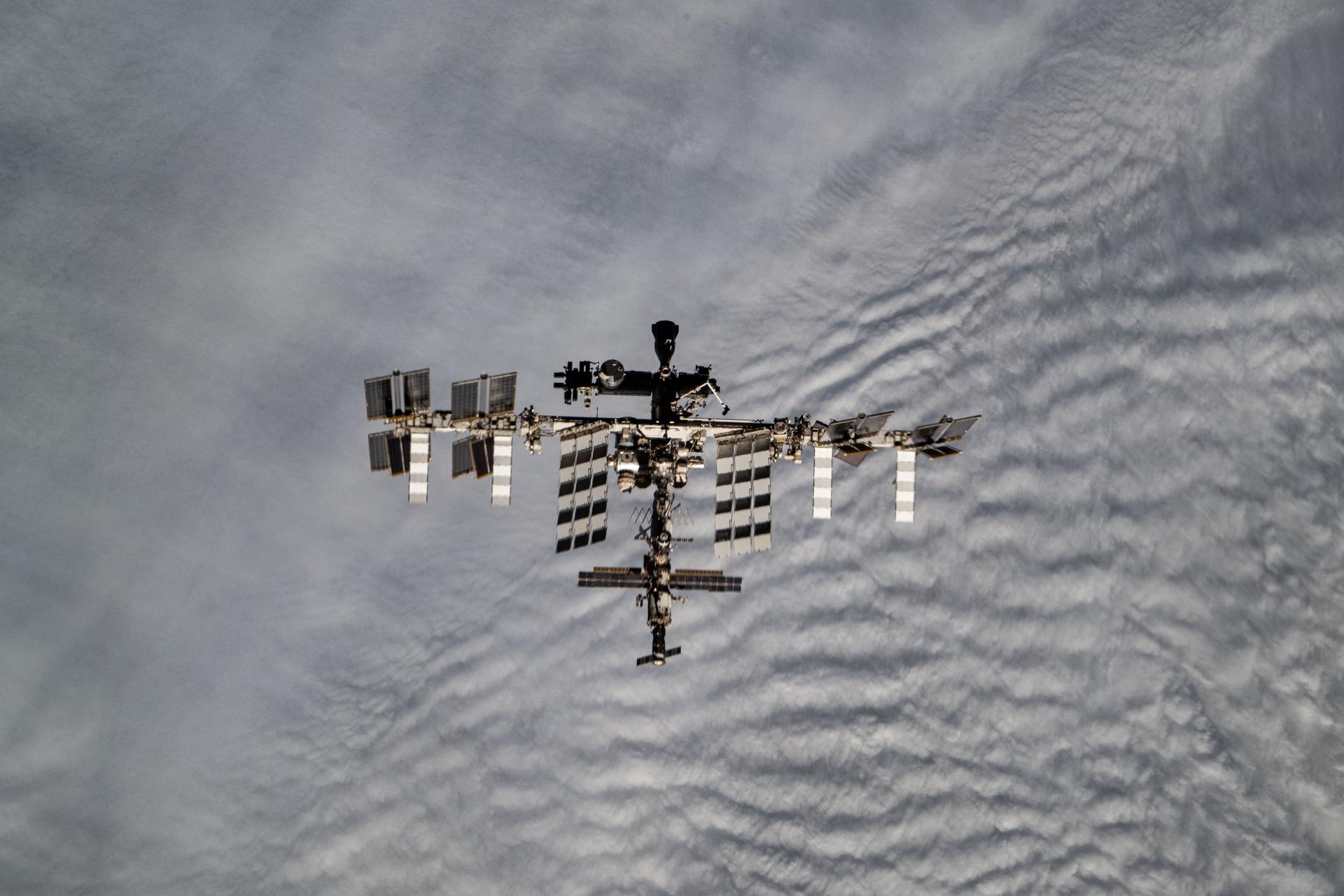



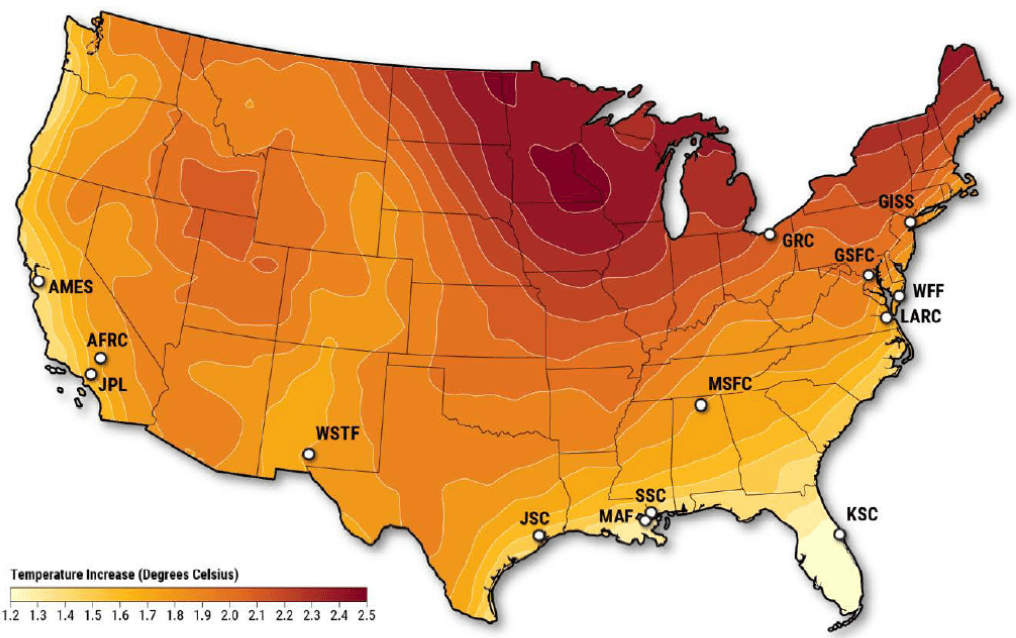
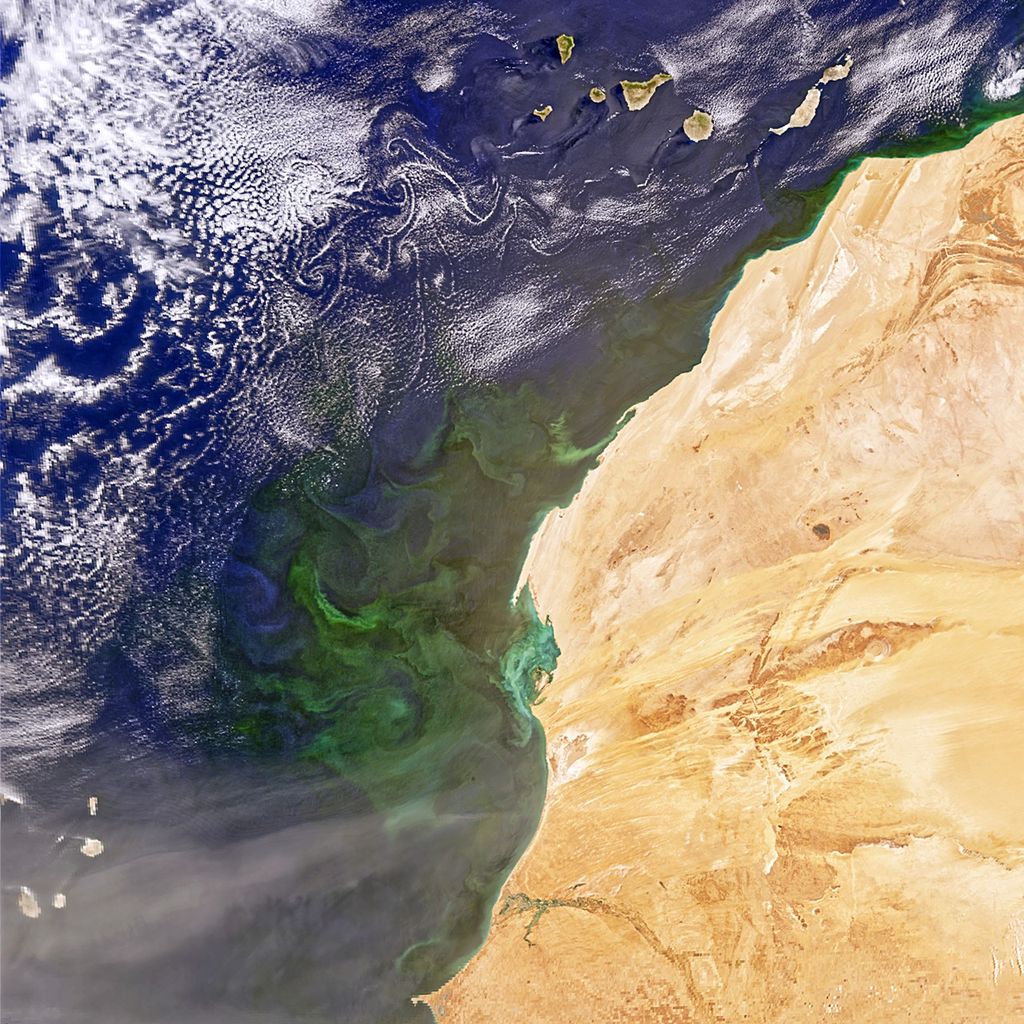
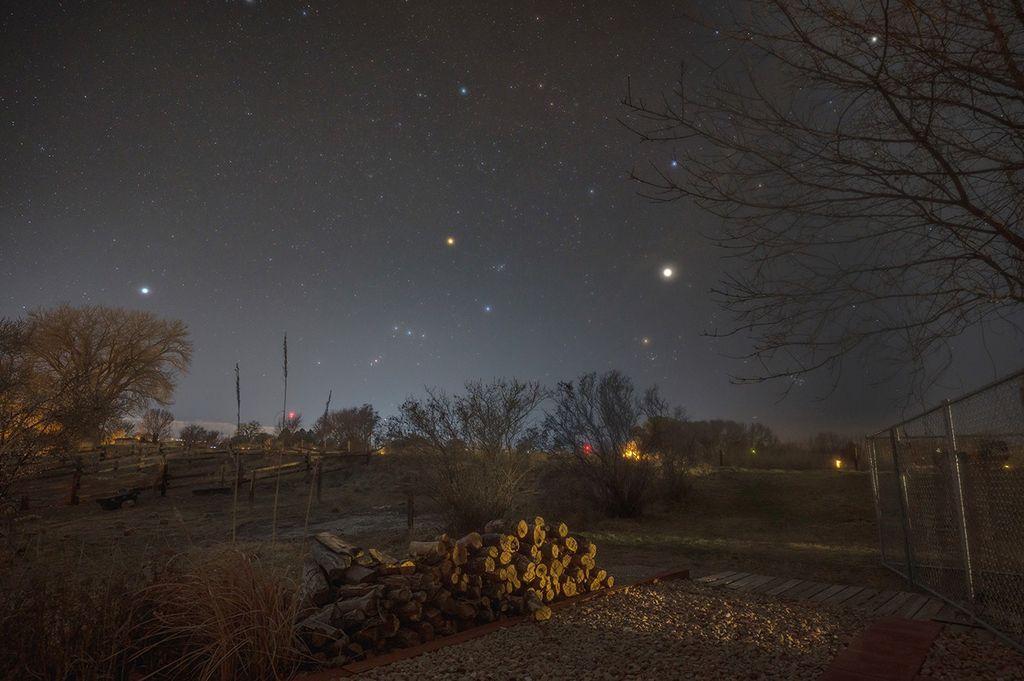



/quantum_physics_bose_einstein_condensate.jpg?w=1024)

